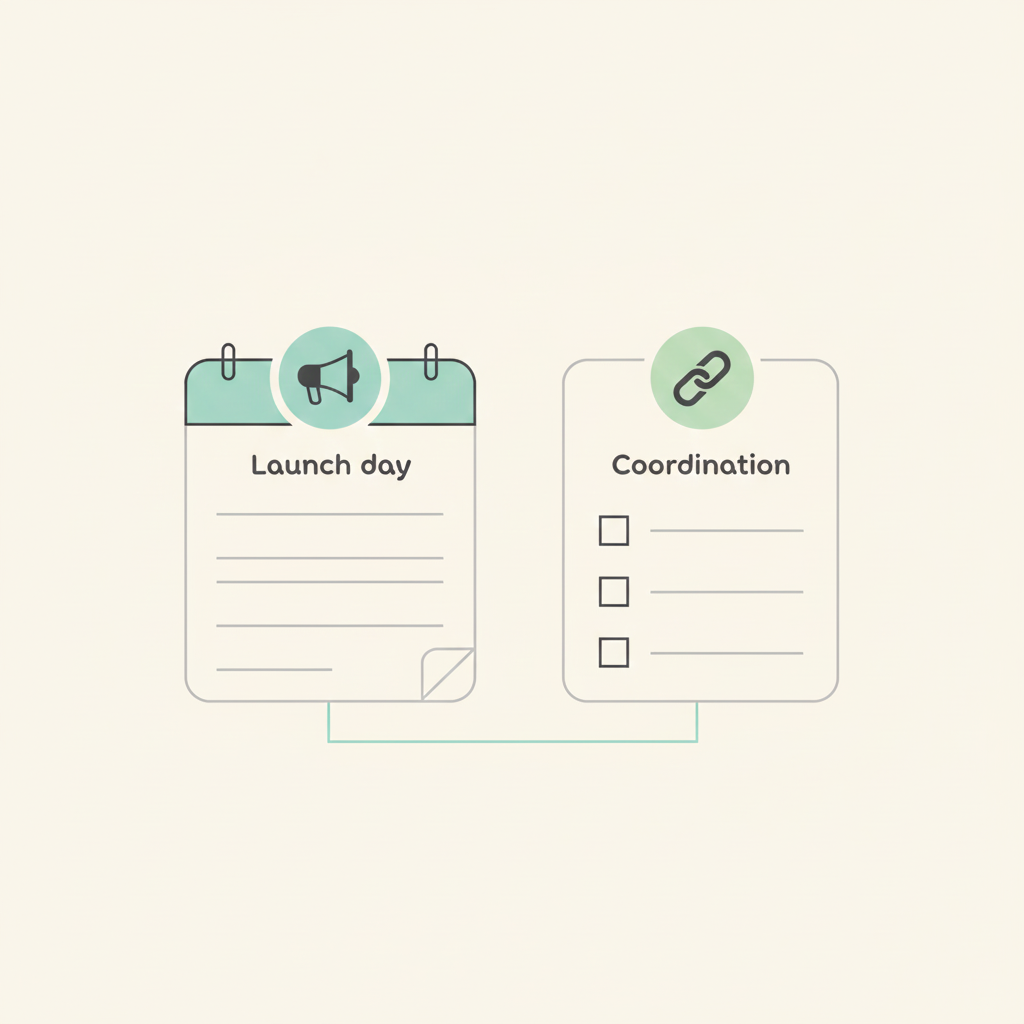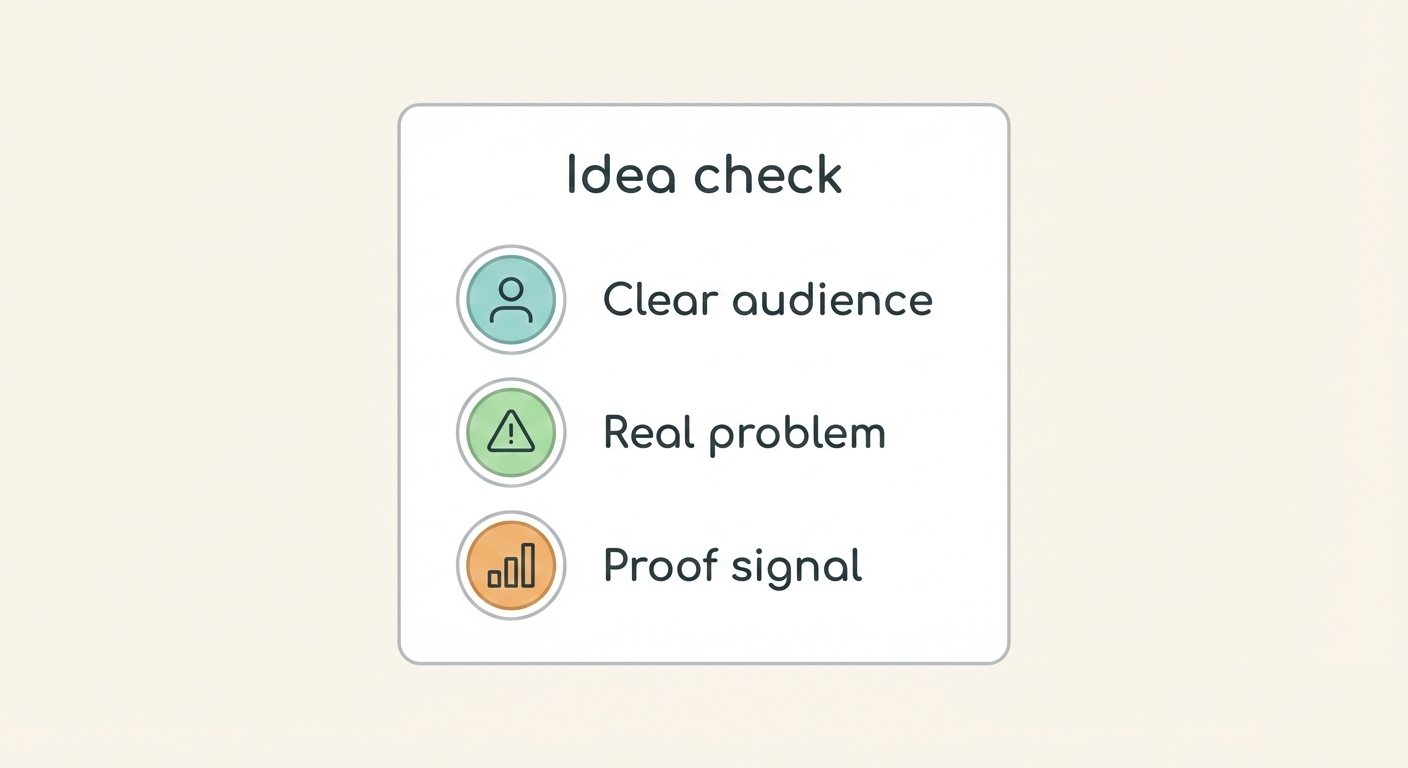How to write a project proposal: Steps, templates, and tips
Contents
Breeze helps teams manage projects, but every project starts with a proposal. If you want approval, you need more than just a good idea. You need a clear pitch that decision-makers can say yes to.

This guide gives you everything you need:
- A step-by-step writing process
- A simple, reusable template
- Practical tips for writing proposals that work
Whether you're asking for internal support or pitching to a client, this guide helps you make your case and get your project off the ground.
1. What is a project proposal?
A project proposal is a document that explains what you want to do, why it matters, and how you plan to do it. It outlines the project's goals, timeline, budget, and required resources to help stakeholders decide whether to approve it.

Most proposals are written before any real work begins. They create alignment on what the project involves and what it aims to deliver. That makes them essential for securing support, funding, or a formal go-ahead.
And it's worth doing right. According to PMI's Pulse of the Profession report, projects that follow project management best practices are 2.5 times more likely to succeed. A clear proposal is usually the first step in that process. Proposals can be internal, written for leadership or other teams inside your company. Or they can be external, aimed at clients, investors, or potential partners.
You might also hear the terms solicited and unsolicited. A solicited proposal is requested, usually in response to a brief or RFP. An unsolicited one is sent without being asked, often to pitch an idea or introduce a service. Whatever the format, the goal stays the same: get approval and move the project forward.
2. Project proposal vs. project plan vs. business case
These three documents often get lumped together, but they serve very different purposes. Knowing when to use each one is key.
-
Project proposal
This is the starting point. It's written to persuade stakeholders to approve a new initiative. It focuses on goals, benefits, and what's needed to begin. -
Project plan
Once a project is approved, the project plan takes over. It outlines how the work will be done, who's responsible, what tools will be used, and how progress will be tracked. -
Business case
A business case is used after a project is underway. If you need more resources, time, or budget, this is the document that explains why it's worth the additional investment.

Each document plays a specific role. The proposal gets the green light. The plan keeps things on track. The business case helps keep it alive when priorities shift.
3. How to write a project proposal
Writing a proposal isn't about being perfect. It's about being clear. You want decision-makers to understand what the project is, why it matters, and what it takes to make it happen.

Start with these five steps.
Step 1: Executive summary
Begin with a quick summary of the project. Include the background, the main goal, and what success project factors you set up for it. Keep it short, but make it persuasive. This is often the first thing people read and sometimes the only part they remember.
If your project solves a real problem or unlocks something new, make that obvious from the start.
Step 2: Project background
Add context. Has this issue come up before? Were there earlier attempts that failed or succeeded? If so, explain what changed.
Then, describe the current problem or opportunity. Be specific. Focus on how it affects your team, users, or business outcomes. This is where you connect the dots between pain points and the need for action.
Step 3: Present the solution
Now explain what you're actually proposing. Describe the approach and break it into phases if needed. Include a rough schedule that shows when key parts will happen.
Mention who's involved and what their roles will be. If you'll be using tools for tracking, reporting, or collaboration, like Breeze, name them here. That helps stakeholders picture how the project will run.
Step 4: Define deliverables and goals
Be clear about what success looks like. Write a short vision statement to set the direction.
Then, outline the project's goals using the SMART framework:
- Specific
- Measurable
- Achievable
- Relevant
- Time-bound
List the major deliverables. For each, note what's required, who's responsible, and how you'll know it's done.
Step 5: List required resources
End with a realistic estimate of what the project needs to succeed. That means time, people, tools, and money. Break down the budget and connect each cost to a specific deliverable or milestone.
If certain resources are non-negotiable, like specific platforms, contractors, or integrations, call that out. The more grounded your ask, the more trust you build.
4. Project proposal example
To better give you an idea of how project proposals should look, here are a few examples from different business perspectives.
Example 1: A digital marketing project proposal
Here is a basic example of a project proposal for a digital marketing business.
| Executive summary | Come up with a digital marketing strategy to help improve online presence, attract customers, and drive sales. |
| Objectives or project scope | SEO optimization, social media management, content creation, email marketing campaigns, paid advertising |
| Resources | Marketing specialists, design and video production software, marketing automation tools, analytics platforms |
| Involvement | Marketing team, external designers, business owners |
| Potential risks | Delays, ineffective paid advertising, social media algorithm changes |
| Success measurements | 20% increase in website traffic within 3 months, improved SEO ranking, 500+ new followers within 6 months, 10% increase in monthly sales |
| Timeline | 6 months |
| Budget | $10,000 |
Example 2: Mobile app development
| Summary | Develop a user-friendly mobile app that helps users track all their bank accounts and subscriptions |
| Objectives | App design and development for both iOS and Android and integration with all banking branches and popular subscription platforms |
| Resources | App developers for both iOS and Android, UX/UI designers, database and backend servers, integration with banking branches |
| Involvement | Development team, banking experts, beta testers, marketing team |
| Potential risks | Delays in API integration, bugs or crashes, unexpected costs, low user count |
| Success measurements | 5K downloads within 2 months, 4.4+ rating across app stores, positive feedback |
| Timeline | 20+ weeks |
| Budget | $50,000 |
Example 3: Sustainability initiative
| Summary | Incorporate sustainable practices across a business and reduce energy consumption and waste |
| Objectives | Energy-efficient lighting, recycling and waste management, going paperless, and solar panel installation |
| Resources | Consultants, contractors, training materials, recycling vendors |
| Involvement | Leadership, management, HR team, contractors |
| Potential risks | Delays in installations and permits, resistance from employees, and increased upfront costs |
| Success measurements | 30% reduction in energy consumption within 6 months |
| Timeline | 12+ months |
| Budget | $150,000 |
5. Project proposal template
Here are some project proposal templates you can use to outline your proposal. Feel free to adjust them to your liking, too.
Template 1
Project proposal
| Project description | |
| Outline your project's description and background here. Make it your elevator pitch. Include objectives and potential risks. | |
| Timeline | |
| X | |
| Y | |
| Z | |
| Cost | |
| List total here | |
| Breakdown of costs | |
| Breakdown of costs | |
| Breakdown of costs | |
| Other notes | |
| Anything else you want your stakeholders to know? List it out here! | |
| Arranged by | |
| Reviewed by | |
Template 2
This one is pretty straight forward. Just fill in the blanks.
Project case
| Project name | |
| Project manager | |
| Stakeholders/investors | |
| Executive summary | |
| Objectives/goals | |
| Risks | |
| Hopeful outcomes | |
| Estimated timeline | |
| Estimated budget |
6. Make your proposal more persuasive
A clear structure helps, but persuasion is what actually gets your proposal approved. You're asking someone to invest time, money, or focus. That means you need to meet them where they are and show them why it's worth it.

Here are five ways to make your proposal more convincing:
- Know your audience. Understand who you're writing for and what they care about. Tailor your message to reflect their goals, pain points, and constraints. A good proposal speaks their language.
- Define the problem clearly. Be direct. Show what's wrong or what opportunity is being missed. Add urgency by explaining what could happen if nothing is done.
- Use plain language. Skip buzzwords. Simple, natural writing builds trust and reduces confusion. If someone has to reread a sentence, you've already lost them.
- Back it up. Add supporting data, case studies, or examples from past experience. Even a short stat or quote can make your idea feel grounded and real.
- Explain why now. Timing matters. If this project is urgent or aligns with current priorities, say so. Help them see why delaying isn't a smart option.
The more specific and relevant your proposal is, the easier it is to approve. Focus on what matters, back it up with examples, and make the timing clear. That's what helps people say yes.
7. Takeaway
A well-crafted proposal lays the foundation for project success. It demonstrates clear thinking, aligns stakeholders, and sets a roadmap for execution.
Utilize the steps outlined in this guide to craft proposals that are concise, compelling, and actionable. Clear communication and realistic goals make it easier for stakeholders to commit.
For streamlined project execution post-approval, Breeze has multiple features:
- Customizable templates for consistent project structures
- Task management with deadlines and priorities
- Collaboration tools, including comments and file sharing
- Project timelines and calendars for scheduling
- Automation features to reduce manual tasks
These are designed to help teams stay organized and aligned throughout the project lifecycle.








